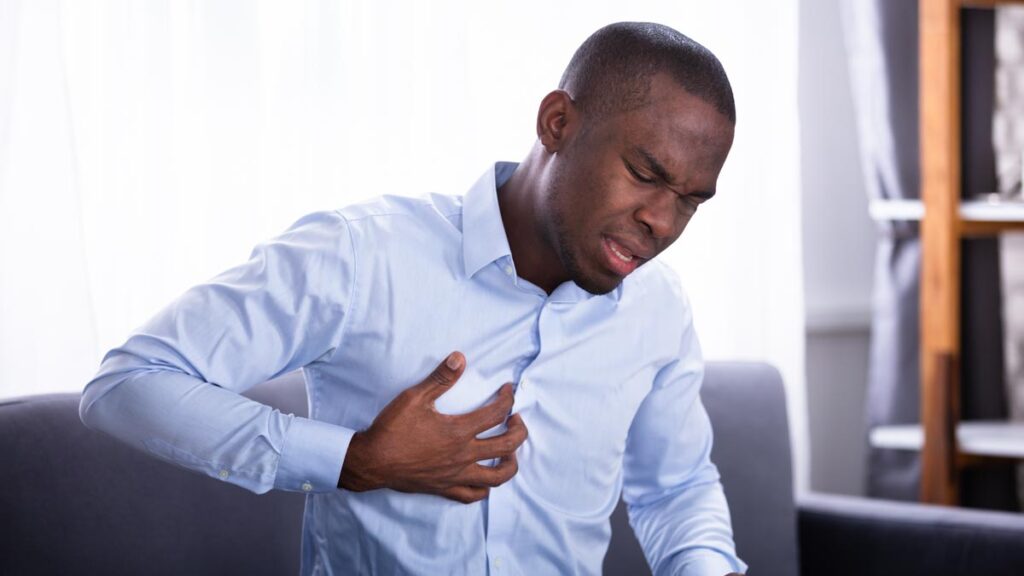Stroke has always been a much-feared medical emergency and a life-threatening condition. A stroke occurs when there is a decrease or blockage in the brain’s blood supply. During a stroke, over 32,000 brain cells die without a steady blood supply due to a lack of oxygen.
How to identify a stroke
The importance of identifying and treating a stroke as soon as possible cannot be overemphasised. More people are surviving strokes, but the key is quick identification of signs followed by immediate emergency care. Here are early signs of stroke to look at for;
—Fainting or seizures
—Sudden and severe headache
—Loss of vision or sudden dimness, particularly in one eye
—Feeling confused or having trouble understanding things that are usually easy for you
—Sudden weakness or numbness on one side of your face or in one arm or leg
—Dizziness or problems with balance and coordination
—Sudden loss of balance, sometimes along with hiccups, nausea, fever, vomiting, and trouble swallowing.
Experts also use the acronym FAST to remind people how to identify the most common warning signs of stroke and what to do.
—Face: Tell the person to smile. Watch to see if it is a crooked or one-sided smile.
—Arms: Have the person raise both arms. Watch to see if one of the arms sags or drops.
—Speech: Ask the person to repeat a simple sentence. Listen to hear if the words are slurred or sound strange.
—Time: If the above is true, then it is time to seek immediate medical attention. Brain cells are dying so every minute counts.
How to prevent a stroke
The best way to prevent a stroke is by making lifestyle changes such as;
—Exercising regularly to maintain a healthy weight
—Eating a healthy diet that includes a low-fat and high-fibre diet also includes vegetables, fruit and whole grains.
—Avoid smoking and drinking too much alcohol. Smoking narrows your arteries and makes your blood more likely to clot, while too much alcohol can trigger an irregular heartbeat and high blood pressure.
Not all strokes are preventable, so it is essential to identify the early signs of stroke and get treatment as soon as possible.

